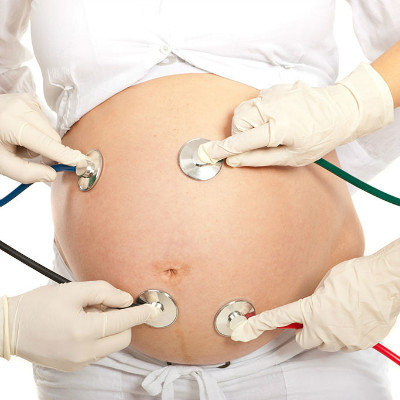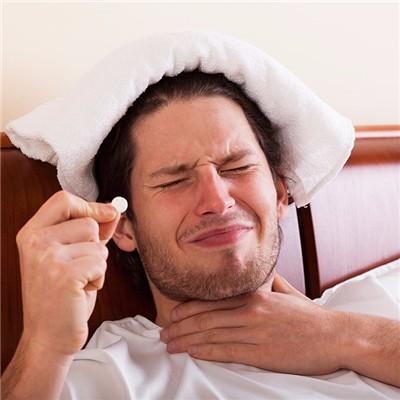How does pregnant amniotic fluid embolism return a responsibility?
summary
It's a dangerous thing to have a baby from ancient times to the present. The older generation often say that it's hard and great to be a mother after having a baby. For women, the pain of childbirth is gone, but if there is any accident during childbirth, it is very frightening. How does pregnant amniotic fluid embolism return a responsibility? Let's talk about it
How does pregnant amniotic fluid embolism return a responsibility?
The complications include: premature rupture of membranes, umbilical cord prolapse, fetal distress, postpartum hemorrhage, uterine rupture, amniotic fluid embolism. Among the causes of maternal death in China, the first is postpartum hemorrhage, the second is pregnancy complicated with hypertension and serious medical diseases, and the third is amniotic fluid embolism. Amniotic fluid embolism accounts for 15% - 20% of maternal deaths. Amniotic fluid embolism occurred in 70% of the delivery process and 30% after delivery.

Amniotic fluid embolism is a sudden and unpredictable fatal pregnancy complication, which is very dangerous once it occurs. From onset to death, there may be only a few minutes to two hours between life and death. The mortality of amniotic fluid embolism can be as high as 40% - 60%. Therefore, amniotic fluid embolism is the last thing obstetricians want to encounter.

Amniotic fluid mainly enters the maternal blood circulation through the cervical mucosal vein and the venous sinus at the placental attachment, causing allergic reaction and abnormal coagulation mechanism, which leads to a series of pathophysiological changes, such as pulmonary embolism, shock, disseminated intravascular coagulation, renal failure or sudden death.

matters needing attention
Choose some free position, you can play music properly, so that maternal mood relaxed. The reasonable use of oxytocin in the process of labor, close observation of labor. Strictly grasp the indications of cesarean section, try to avoid non-medical indications of cesarean section. Finally, avoiding multiple pregnancies and deliveries can reduce the incidence of amniotic fluid embolism.











